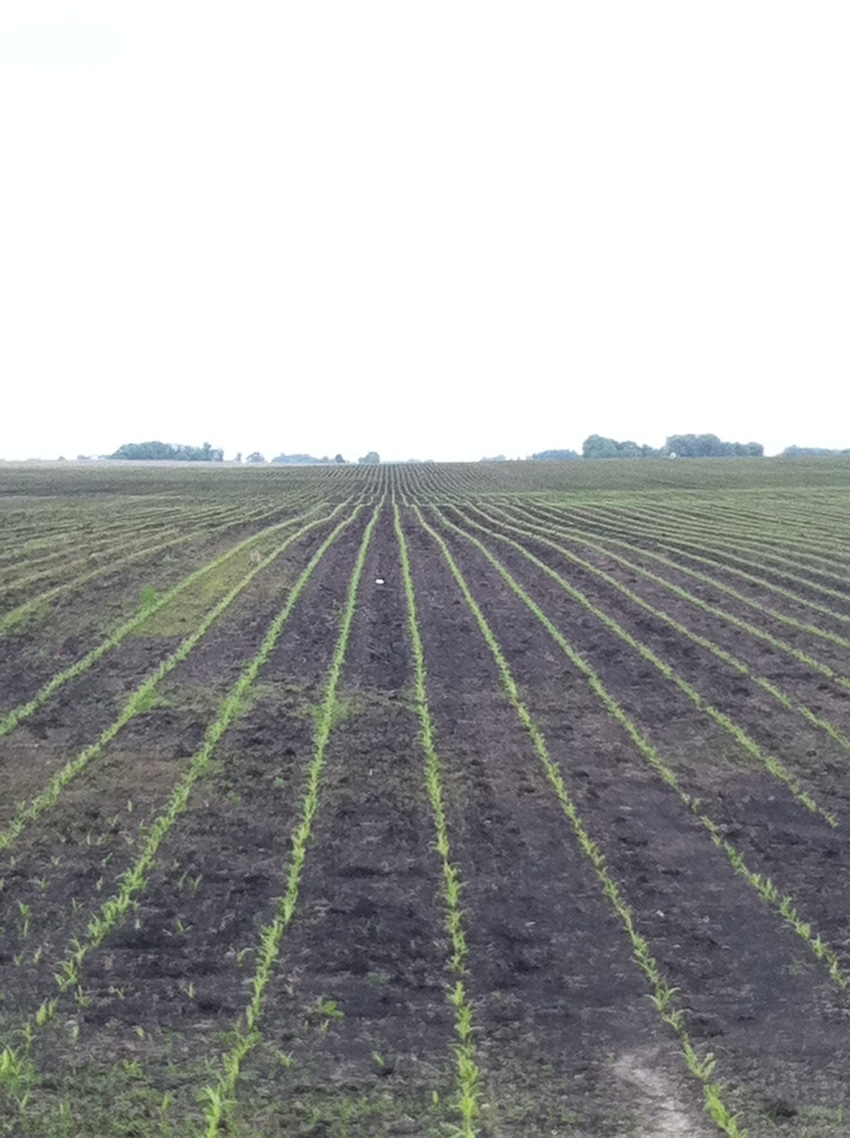April 17, 2012

Although it’s too early to determine how early planted cornfields will respond to recent weather, the effects of the low temperatures on cornsurvival will probably be negligible for the most part. In past years, we have observed that early planted corn that was in the process of germinating or as far along as the V1 stage (one leaf collar visible) survived freezing soil temperatures in April with little impact on crop performance or plant stand.
Agronomists generally downplay the impact of low-temperature injury in corn because the growing point is at or below the soil surface until V6 (six leaf collars visible), and thereby relatively safe from freezing air temperatures. Moreover, the cell contents of corn plants can sometimes act as an "antifreeze" to allow temperatures to drop below 32° F before tissue freezes, but injury to corn is often fatal when temperatures drop to 28° F or lower for even a few minutes.
Effects of low temperatures on germination are far more serious when combined with snow and freezing rain. When dry corn seed absorbs cold water as a result of a cold rain or melting snow, “imbibitional chilling injury” may result. Cold water can cause similar injury to seedling structures as they emerge during germination. Such injury in corn seed ruptures cell membranes and results in aborted radicles, proliferation of seminal roots and delayed seedling growth.
When temperatures remain at or below 50° F after planting, damage to germinating seed is particularly severe. When this physiological damage is combined with surface soil crusting, saturated soil conditions, compacted soils, deep seed placement and seedling blights, you have a recipe for widespread emergence problems.
To assess the impact of freezing temperatures on emerged corn, check plants about five days after the freezing injury occurred (and preferably when growing conditions conducive for regrowth have occurred). New leaf tissue should be emerging from the whorl. You can also observe the condition of the growing point (usually located 1/2-3/4 in. below the soil surface) by splitting seedlings lengthwise. If the growing point appears white to light yellow and firm several days after the frost, prognosis for recovery is good.
For some pictures of low-temperature injury to corn, read Symptoms of Low Temperature Injury to Corn and Soybean by Bob Nielsen at Purdue University.
You May Also Like




